Meat Slice Machine: The Ultimate Guide
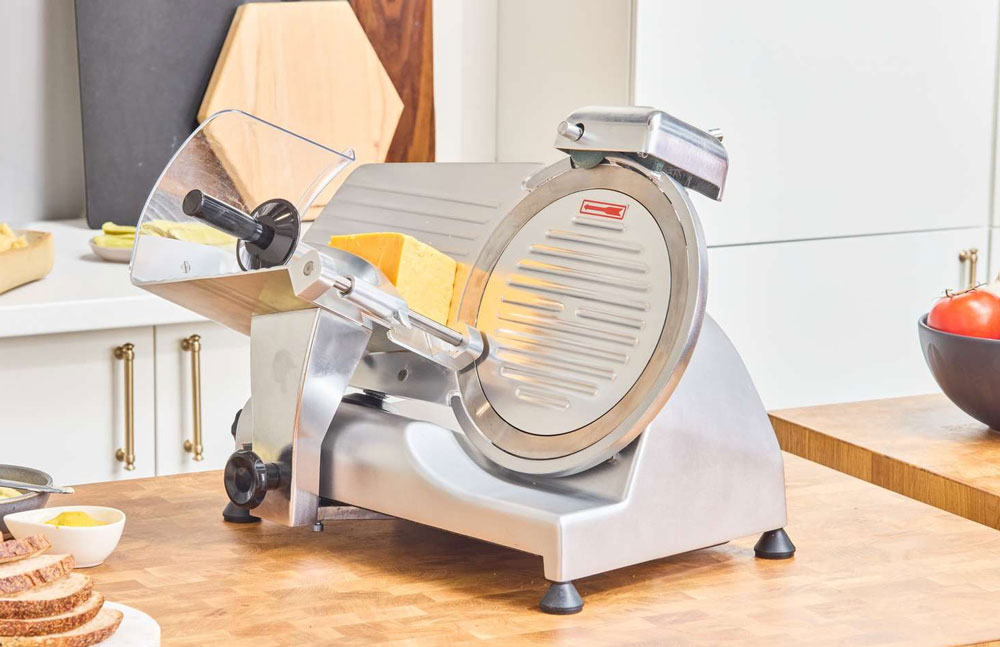
Introduction to Meat Slice Machines
What Is a Meat Slice Machine?
A meat slice machine is a specialized appliance designed to slice various types of meat with precision and consistency. It uses sharp blades or rollers to cut through fresh or frozen meat, providing evenly sized slices that are perfect for everything from deli meats to steaks. Whether you're in a home kitchen or a bustling commercial kitchen, a meat slice machine saves time, effort, and ensures uniform cuts.
The Importance of Meat Slicing in the Food Industry
Meat slicing plays a pivotal role in the food industry, particularly in deli counters, butcher shops, and restaurants. Uniform slices not only enhance presentation but also improve cooking times and portion control. For businesses, consistency in slicing leads to better inventory management, reduced waste, and a more professional product that customers can trust.
Why You Need a Meat Slice Machine in Your Kitchen or Business
For both home cooks and business owners, a meat slice machine offers unmatched convenience and efficiency. At home, it elevates meal prep, ensuring perfectly sliced meats for sandwiches, stir-fries, and roasts. For businesses, it streamlines operations, improving productivity and reducing the reliance on manual labor. The precision of an electric meat slicer guarantees uniform thickness, contributing to better food quality and presentation.
How a Meat Slice Machine Works
The Cutting Mechanism: Blades vs. Rollers
At the heart of any meat slice machine is its cutting mechanism. Machines typically use either blades or rollers to cut through the meat. Blades are sharp, precise, and ideal for slicing tender cuts, while rollers are generally used for tougher, more fibrous meats. Both mechanisms offer distinct advantages depending on the type of meat being processed and the desired slice thickness.
Understanding the Different Types of Meat Slice Machines
Meat slice machines come in various configurations, each suited to different needs. Horizontal machines are excellent for slicing large quantities of meat with ease, while vertical machines offer better precision for thinner slices. There are also machines designed for frozen meat, ensuring it remains intact and is sliced cleanly, without crushing or damaging delicate tissue.
Manual vs. Electric Meat Slice Machines: Which Is Right for You?
Manual meat slice machines require physical effort to operate, offering complete control over the slicing process. While they are more affordable and compact, they can be time-consuming for larger batches. Electric meat slicers, on the other hand, offer convenience and speed, making them ideal for high-volume slicing. Choosing between the two depends on your needs, whether you’re slicing small amounts at home or processing large quantities in a commercial setting.
Key Features to Look for in a Meat Slice Machine
Blade Quality and Sharpness
The quality and sharpness of the blade are crucial for achieving clean, uniform slices. Stainless steel blades are a common choice due to their durability and ability to maintain sharpness over time. High-quality blades ensure minimal tearing, preserving the texture and appearance of the meat.
Adjustable Thickness Settings
A key feature of any meat slice machine is its ability to adjust slice thickness. Whether you need paper-thin slices for prosciutto or thick cuts for a roast, adjustable settings allow you to customize the machine to your specific needs, offering versatility across different meats and preparations.
Speed and Efficiency in Slicing
For commercial use, speed is an important factor. Machines designed for high throughput can slice large amounts of meat quickly without compromising on quality. Consider a model with variable speed options for optimal control.
Safety Features to Prevent Accidents
Safety should always be a priority when using a meat slice machine. Look for features such as safety guards, non-slip feet, and automatic shut-off functions that prevent the machine from operating when it is improperly configured. These measures minimize the risk of injury.
Durability and Build Quality: Materials that Last
A meat slice machine is an investment, so durability matters. Machines made from heavy-duty materials like stainless steel are built to withstand the rigors of regular use, providing longevity and a return on investment.
Ease of Cleaning and Maintenance
Hygiene is crucial in food preparation, and so is ease of maintenance. Choose a machine with detachable parts that are easy to clean. Regular maintenance, such as lubricating moving parts and sharpening blades, extends the life of the machine and ensures optimal performance.
Types of Meat Slice Machines
Horizontal Meat Slice Machines: How They Work and Why They’re Popular
Horizontal slice machines operate by feeding the meat horizontally across the blade. These machines are highly efficient, especially for slicing larger cuts of meat like roasts or hams. Their straightforward design makes them a favorite in commercial kitchens and butcher shops.
Vertical Meat Slice Machines: Ideal for Different Meat Cuts
Vertical slice machines, as the name suggests, operate with a vertically positioned blade. These machines offer better precision and are commonly used for slicing delicate items like prosciutto or salami. The vertical setup ensures a consistent cut, making it ideal for fine deli meats.
Frozen Meat Slice Machines: Slicing at Low Temperatures
Frozen meat slice machines are designed to handle the challenge of slicing through frozen meats without causing damage. These machines have sharper, heavier blades and are equipped to handle the hardness of frozen cuts, ensuring smooth, clean slices without the meat crumbling.
Combination Machines: Meat Slicing and Tenderizing in One
Some machines offer the convenience of both slicing and tenderizing, which is ideal for tougher cuts of meat. These multi-functional machines can save time in the kitchen by preparing the meat for cooking and cutting it into perfect slices in one process.
Choosing the Right Meat Slice Machine for Your Needs
Determining the Right Size and Capacity
Before purchasing, assess the size of your operation or your household needs. For home kitchens, a compact, lightweight slicer may suffice, while commercial kitchens require larger, industrial models with higher capacity for continuous operation.
Selecting Based on the Type of Meat You Slice
Different meat types require different slicing mechanisms. For example, frozen meats require a more robust machine, while delicate cuts like fish or chicken may require finer, more precise slicers. Understanding your meat selection is key to choosing the right machine.
Choosing for Home Use vs. Commercial Use
A meat slice machine for home use will prioritize space-saving and convenience, while a commercial model will focus on durability and speed. Consider the volume of meat you need to slice and the frequency of use when deciding which machine suits your needs.
How to Match the Meat Slice Machine to Your Kitchen or Business
Match the machine to your space and workflow. For commercial kitchens, large, countertop models or even floor-standing slicers are ideal. In smaller kitchens, a compact, lightweight model is sufficient without taking up valuable counter space.
Applications of Meat Slice Machines
Slicing Fresh Meat: The Basics
Fresh meat slicing requires a sharp, smooth cut to maintain the integrity of the meat’s texture. Whether for sandwiches, salads, or main courses, the slicer ensures precise, consistent results every time.
Slicing Frozen Meat: Techniques and Tips
Frozen meats require specialized machines to handle the tough, rigid texture without damaging the meat. Freezing meat helps retain freshness, and a proper frozen meat slicer ensures that each slice is as fresh as it is clean.
Meat Slicing for Deli and Charcuterie
In deli and charcuterie businesses, thin, uniform slices are essential. A high-quality slicer helps achieve the thin cuts necessary for products like ham, salami, and prosciutto, contributing to a superior product for customers.
Preparing Meat for Cooking or Meal Prep
A meat slice machine streamlines meal prep by quickly slicing meat into perfect portions for recipes such as stir-fries, sandwiches, or wraps. This not only saves time but also ensures consistent portions, which can help with cooking efficiency.
Meat Slicing for Commercial Kitchens and Butcher Shops
In commercial settings, such as butcher shops or restaurants, meat slicing machines boost productivity by handling large volumes of meat. These machines ensure efficiency, safety, and precision, making them invaluable in high-traffic environments.
Benefits of Using a Meat Slice Machine
Increased Speed and Efficiency in Slicing
Meat slice machines significantly reduce the time it takes to slice meat compared to manual methods. With adjustable speeds, they can cut through large batches of meat quickly, improving overall efficiency in both home and commercial kitchens.
Consistent Slice Thickness for Better Presentation
The precision of a meat slice machine ensures that each slice is uniform in thickness, improving the presentation of your dishes. This consistency is crucial in professional kitchens, where aesthetics are just as important as taste.
Improved Portion Control and Waste Reduction
With adjustable thickness settings, meat slice machines allow for better portion control. This reduces waste and ensures that every slice is used efficiently, which is particularly important in high-volume commercial operations.
Enhancing Food Safety and Hygiene
Meat slice machines minimize the risk of contamination by providing a hygienic, enclosed environment for slicing. Their easy-to-clean parts and robust safety features ensure that the equipment remains in top condition for safe food preparation.
Reducing Labor Costs in Meat Preparation
By automating the slicing process, meat slice machines reduce the need for manual labor, allowing staff to focus on other tasks. In commercial settings, this can help lower labor costs and increase overall productivity.
Common Meat Types for Slicing
Beef: Slicing Steaks, Roasts, and Ground Meat
Beef is a versatile meat that can be sliced into a range of cuts, from thin slices for steak sandwiches to thick cuts for roasts. A meat slice machine ensures that beef cuts are uniform, making them easier to cook and prepare.
Pork: Ideal Slicing Cuts and Techniques
Pork, particularly cuts like tenderloin, chops, and bacon, benefits greatly from meat slicers. Thin slices are perfect for sandwiches or charcuterie, while thicker slices are ideal for grilling or roasting.
Chicken: Best Practices for Poultry Slicing
Chicken requires careful slicing to maintain tenderness and prevent contamination. A meat slice machine helps create even slices, perfect for dishes like chicken salads, stir-fries, or sandwiches.
Lamb: Preparing Lamb Cuts for Cooking
Lamb is often sliced into chops or roasts, and a meat slice machine helps achieve precision cuts. This makes it easier to cook and ensures that the meat’s tenderness is preserved.
Slicing Game Meats: Unique Considerations for Venison and Others
Game meats, such as venison, require specialized slicing techniques. A meat slice machine designed for tougher cuts ensures that game meats are sliced with minimal effort and without compromising their quality.
How to Use a Meat Slice Machine: Step-by-Step Guide
Preparing the Meat Before Slicing
Before slicing, ensure that the meat is properly chilled or frozen for easier slicing. Remove any bones or cartilage, and if necessary, trim the meat to fit within the machine’s feed area.
Setting the Correct Thickness and Slicing Speed
Adjust the thickness settings to your desired level, ensuring that the slices are consistent. Set the machine to an appropriate slicing speed based on the type of meat you're cutting.
Operating the Machine Safely and Efficiently
Always follow safety protocols, ensuring that the machine is properly assembled, and use safety guards or gloves to protect your hands. Feed the meat into the slicer at a consistent rate to avoid jams and uneven slices.
Cleaning the Machine After Use
After use, disassemble the slicer and clean each part thoroughly, removing any residue from the meat. Regular cleaning ensures the machine remains hygienic and extends its lifespan.
Meat Slicing Tips for Best Results
How to Achieve Consistent Thickness Every Time
To achieve consistent thickness, ensure the meat is evenly chilled and properly aligned within the machine. Use a steady hand when feeding the meat into the slicer to maintain an even slice.
How to Handle Different Meat Cuts for Better Slicing
Different cuts of meat may require specific handling techniques. For example, tougher cuts like brisket may benefit from slower, steadier slicing, while more tender cuts can be sliced quickly.
Common Mistakes to Avoid When Using a Meat Slice Machine
Avoid overloading the machine, as this can cause jams or uneven cuts. Always ensure the meat is properly prepared and that the machine is clean and well-maintained for optimal performance.
Meat Slice Machine Safety Considerations
Protecting Your Hands and Fingers While Slicing
Always use the safety guard provided with the slicer. This ensures that your fingers stay clear of the blade during operation, minimizing the risk of injury.
Using the Safety Guard and Other Features
Make sure the safety guard is securely in place before using the machine. Additionally, some models include automatic shutoff features that stop the machine if it detects an issue.
What to Do in Case of Malfunctions or Accidents
In case of malfunction or accidents, immediately turn off the machine and disconnect it from the power source. Inspect for any visible issues, and follow the manufacturer’s instructions for troubleshooting.
Maintenance and Care for Meat Slice Machines
Regular Cleaning and Sanitizing Tips
Clean the machine thoroughly after every use, especially if you are slicing raw meat. Use food-safe sanitizers and ensure that all components are dry before reassembling.
How to Sharpen or Replace Blades
Regularly sharpen blades to maintain their cutting efficiency. If the blades become dull beyond sharpening, replace them to ensure smooth slicing.
Lubricating Parts to Ensure Smooth Operation
Regular lubrication of moving parts ensures smooth operation. Apply lubrication to the gears and motor, following the manufacturer’s guidelines.
Troubleshooting Common Issues
Common issues with meat slicers include uneven slicing, jamming, or malfunctioning motors. Regular maintenance and proper use typically prevent these problems, but always refer to the user manual for specific troubleshooting advice.
Meat Slice Machine Innovations and Trends
The Rise of Automated Meat Slicing Machines
Automation is transforming the meat slicing industry. Automated machines reduce human error and can process large volumes of meat with minimal input, enhancing overall efficiency.
Smart Meat Slice Machines with Digital Controls
Newer meat slice machines come with digital controls that allow for precise adjustments to thickness and speed, offering a level of customization that was previously unavailable.
Sustainability in Meat Slicing: Eco-Friendly Machines
As sustainability becomes more important, manufacturers are designing eco-friendly meat slicers that use less energy and are made from recyclable materials, helping reduce the environmental footprint.
Emerging Technologies in Meat Slicing
Technological advancements in meat slicing are improving efficiency and precision. Innovations such as self-sharpening blades, automatic thickness adjustments, and enhanced hygiene features are paving the way for the future of meat preparation.
Comparing Meat Slice Machines: Top Brands and Models
A Look at Popular Meat Slice Machine Brands
There are several reputable brands in the market, each offering different features to meet the needs of home and commercial users. Brands like Hobart, Berkel, and Chef’sChoice are known for their reliability and durability.
Review of Entry-Level vs. High-End Models
Entry-level models are suitable for home use, offering basic features at a more affordable price. High-end models, designed for commercial use, provide enhanced capacity, durability, and advanced features to handle high-volume slicing.
Top Picks for Home Use Meat Slice Machines
For home use, compact models such as the Chef’sChoice 615 and Cuisinart FS-75 offer affordability and ease of use without sacrificing slicing quality.
Best Commercial Meat Slice Machines for Large-Scale Operations
In commercial settings, models like the Hobart 1612 and the Berkel 826A are known for their heavy-duty capabilities and large slicing capacities, making them ideal for high-volume environments.
How to Get the Most Out of Your Meat Slice Machine
Maximizing Efficiency and Reducing Downtime
To maximize efficiency, ensure the machine is regularly cleaned and maintained. This prevents downtime caused by malfunctions or clogged parts, ensuring continuous operation.
Using Your Machine for Slicing Other Foods
In addition to meats, many slicers can handle other foods like vegetables and cheese. Experimenting with different ingredients can help you get more use out of your slicer.
Tips for Long-Lasting Performance and Extended Use
Follow the manufacturer’s guidelines for cleaning, sharpening, and lubrication. Proper care and usage will extend the life of your slicer and keep it functioning at its best for years.
Cost Considerations for Meat Slice Machines
What You Can Expect to Pay for a Meat Slice Machine
Prices for meat slice machines range from around $100 for basic home models to several thousand dollars for commercial-grade machines. The cost depends on the machine's features, brand, and capacity.
Budget-Friendly Options vs. Premium Machines
Budget-friendly options typically come with fewer features and may not be as durable as high-end models. Premium machines, however, offer higher efficiency, durability, and more advanced features, making them ideal for heavy use.
Is It Worth the Investment for Home or Commercial Use?
If you slice meat regularly, a meat slice machine is a worthwhile investment. For home cooks, it’s an investment in convenience, while for businesses, it can improve efficiency and reduce labor costs.
Meat Slice Machines and Food Safety
How Slicing Affects Meat Storage and Shelf Life
Slicing meat helps with portioning, but it also exposes the meat to air, which can reduce its shelf life. Proper refrigeration and vacuum sealing after slicing can help preserve freshness.
Preventing Cross-Contamination in the Slicing Process
Cross-contamination is a risk when using meat slice machines. Always ensure that the slicer is cleaned thoroughly between uses, especially when switching between raw meats and ready-to-eat products.
The Importance of Keeping the Machine Clean for Hygiene
Maintaining cleanliness is paramount for food safety. Regular sanitization of the slicer and its parts helps prevent the buildup of harmful bacteria and ensures hygienic slicing.
Alternatives to Meat Slice Machines
When to Consider Manual Slicing or Other Tools
Manual slicing might be suitable for occasional use or smaller quantities of meat. However, if precision, speed, and consistency are essential, a meat slice machine is the better choice.
Electric Knives vs. Meat Slice Machines: Pros and Cons
Electric knives are a more affordable, portable alternative but may not offer the same precision and consistency as meat slice machines. They're best for occasional use rather than commercial settings.
New Innovations in Meat Slicing Technology
Innovative slicers are continuously evolving. Newer models offer features such as self-sharpening blades, faster slicing speeds, and even the ability to slice frozen meat, providing more options for food preparation.
Customer Reviews and Feedback on Meat Slice Machines
What Users Are Saying About Their Meat Slice Machines
Users often praise meat slice machines for their efficiency, consistency, and time-saving abilities. However, some may have concerns regarding initial setup or cleaning complexity, especially for commercial-grade models.
Common Complaints and How to Address Them
Common complaints typically involve difficulty in cleaning or the machine’s size. Ensuring that the slicer is properly maintained and cleaned can help prevent these issues.
Success Stories: How Meat Slice Machines Improve Efficiency
Many businesses have reported improved efficiency and reduced labor costs by using meat slice machines. The precision of the cuts ensures that customers get the best quality products, leading to increased customer satisfaction.
Conclusion: Is a Meat Slice Machine Right for You?
Weighing the Pros and Cons Based on Your Needs
Consider your needs—whether for home use or a commercial kitchen—before investing in a meat slice machine. The benefits of precision, speed, and safety often outweigh the initial cost, especially for those who slice meat regularly.
Final Thoughts: Getting the Most Out of Your Meat Slice Machine
A meat slice machine is an investment in both time and quality. With proper care, maintenance, and thoughtful usage, it will serve you for years to come, enhancing both the convenience and efficiency of your food preparation.
Must-Read Blogs For Chain Restaurants Owner








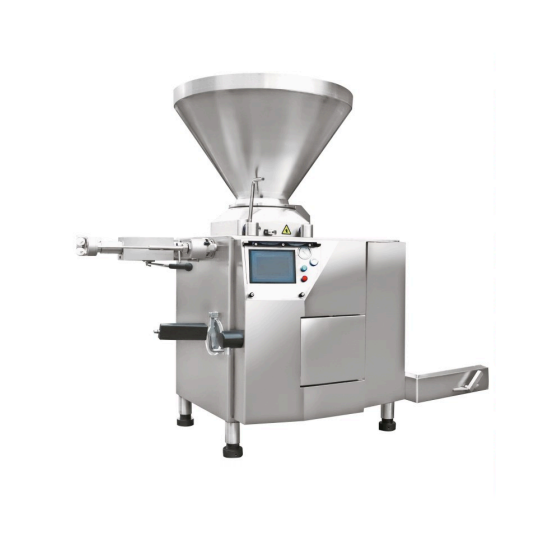
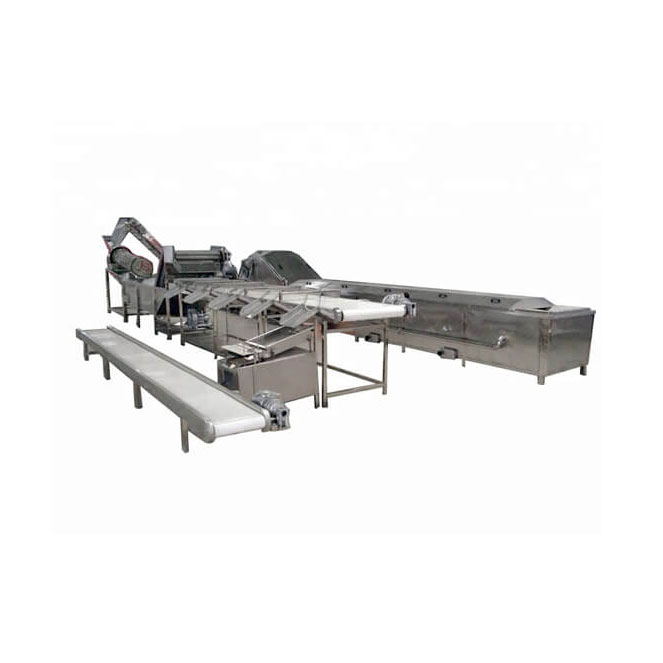
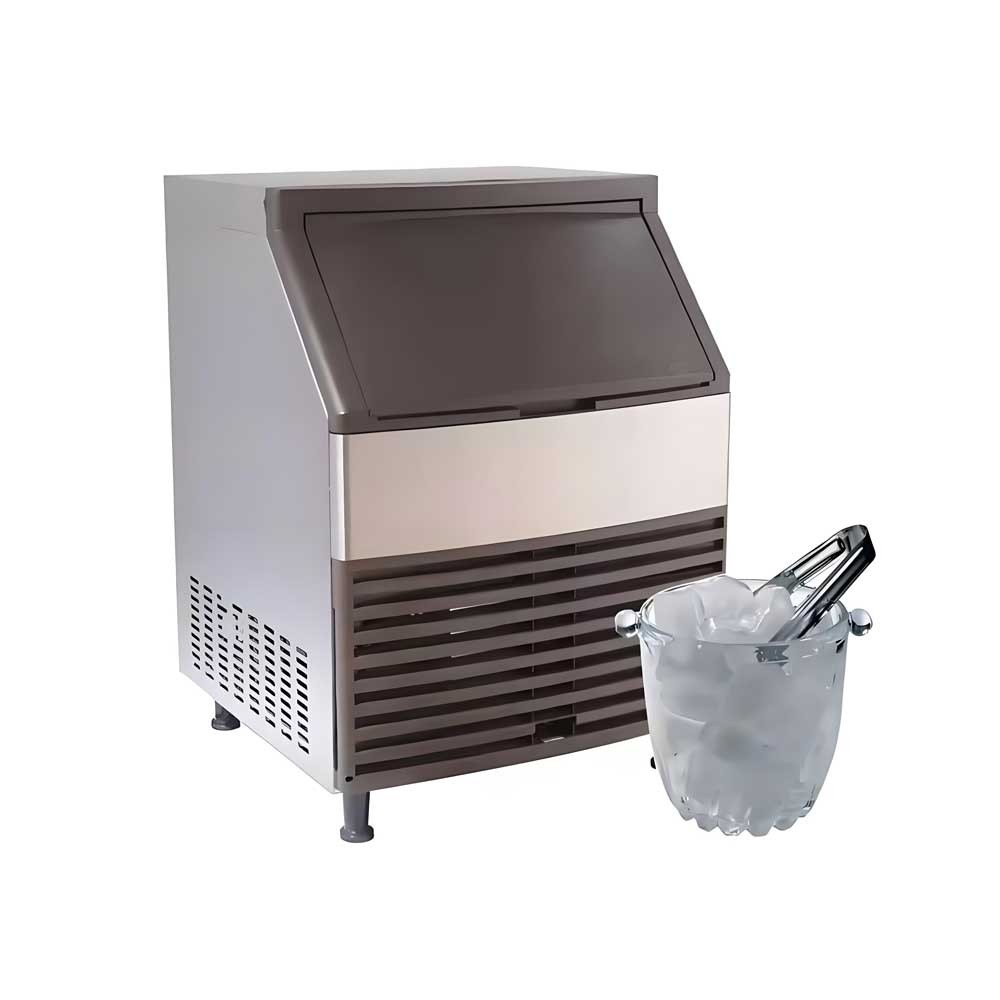
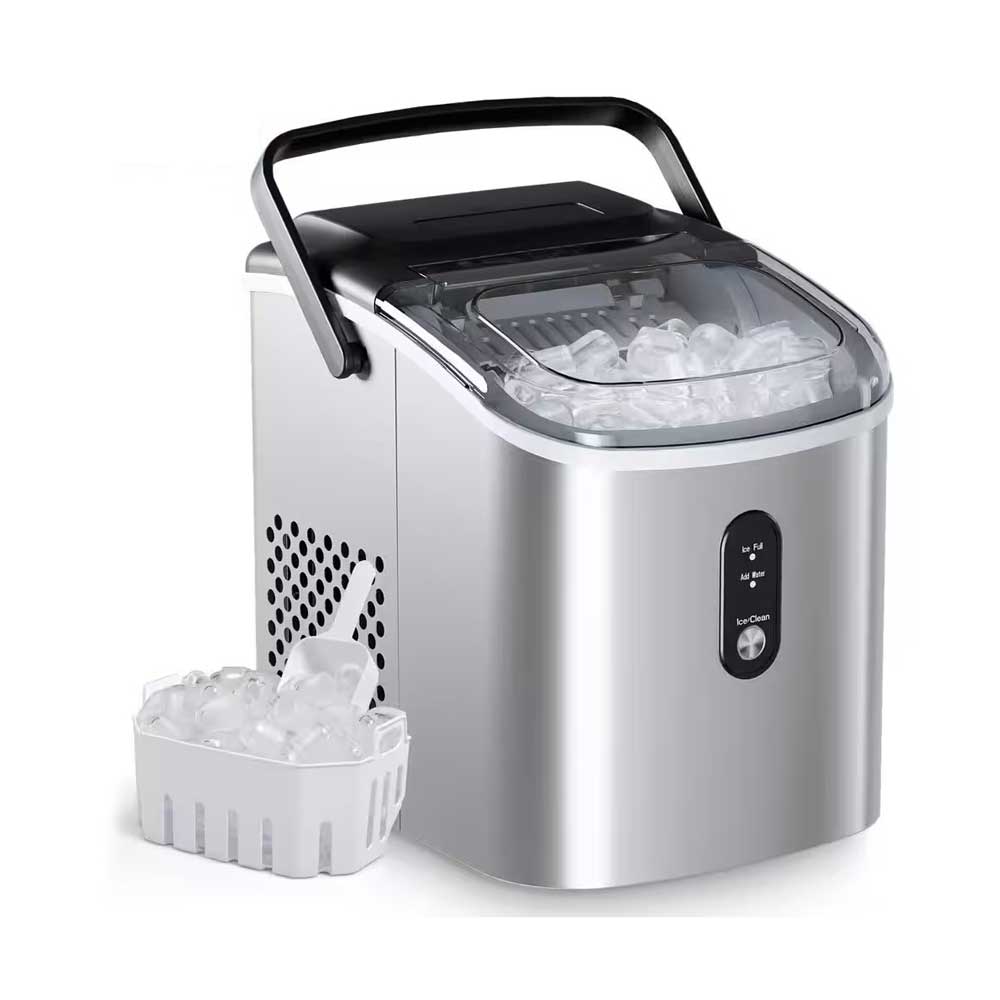 Portable Flake Ice Machine
Portable Flake Ice Machine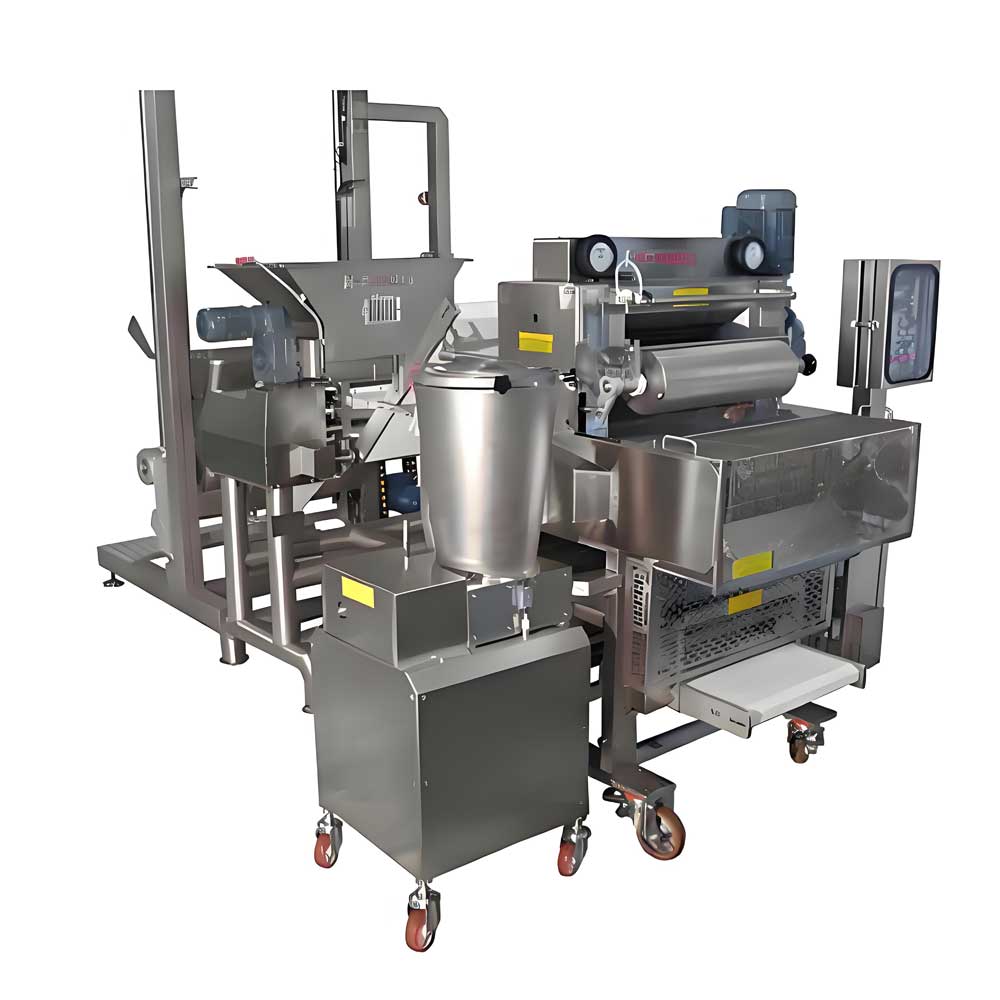 Pelmeni Making Machine
Pelmeni Making Machine
Ready to Get Started?